Call Us Now
TEL: +86-4000988557;
Teams: gfreex@hotmail.com;
WeChat: Troysupply_com;
QQ ID: 8936906.
Although there were a few patents and experiments in the mid-20th century, researchers quickly realized that it would take a long time for this technology to become practical. Relatively controlled environments, such as hospitals, rehabilitation centers, and factories, are more suitable for the development of immature wearable robot technology.
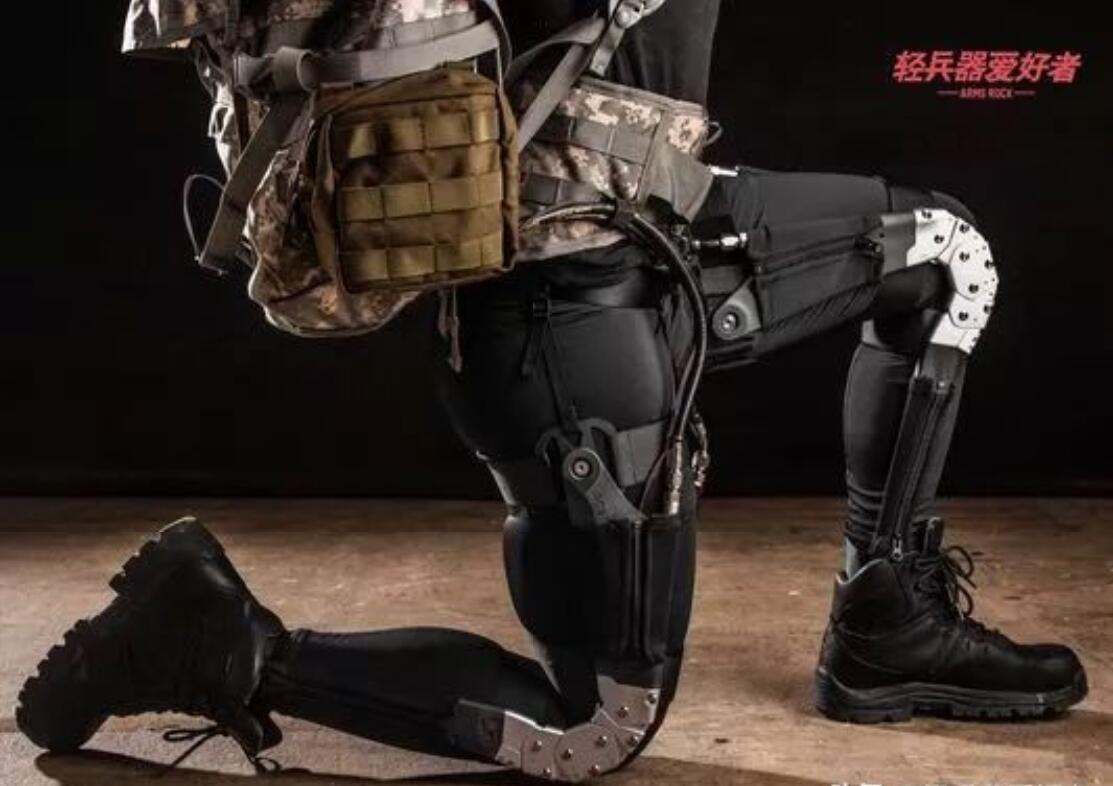
DARPA Net Warrior Project
In the 2010s, the military finally started to pay attention to this technology again and launched a number of large-scale research and development projects. Over the years, military exoskeletons have become smaller, lighter, and specialized, and many different types have been dispatched. This article will briefly introduce the typical products of different categories.
1. Whole body power exoskeleton
They are wearable robots that cover the lower limbs of the arms and are the most common in science fiction. There are several prototype projects under development. These prototype exoskeletons have similar shortcomings, that is, they are too large, too many actuators, and difficult to supply energy and control. In many cases, the automatic response is too slow, and it is more like the user is walking with the exoskeleton. Therefore, many whole-body exoskeleton projects have been "divided into two" and become independent or modular lower limb and upper body wearable robots.
Typical military full-body exoskeletons entering the prototype stage are Lockheed Martin’s HULC, and Thor’s XSO and XSO2.
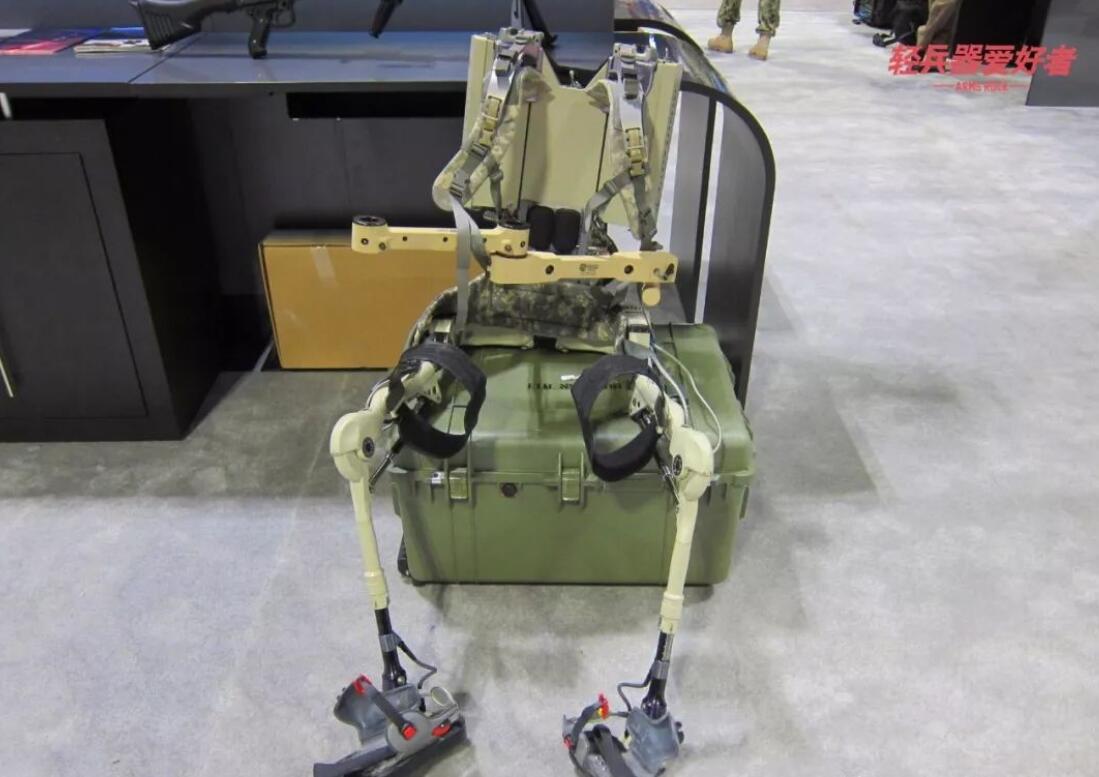
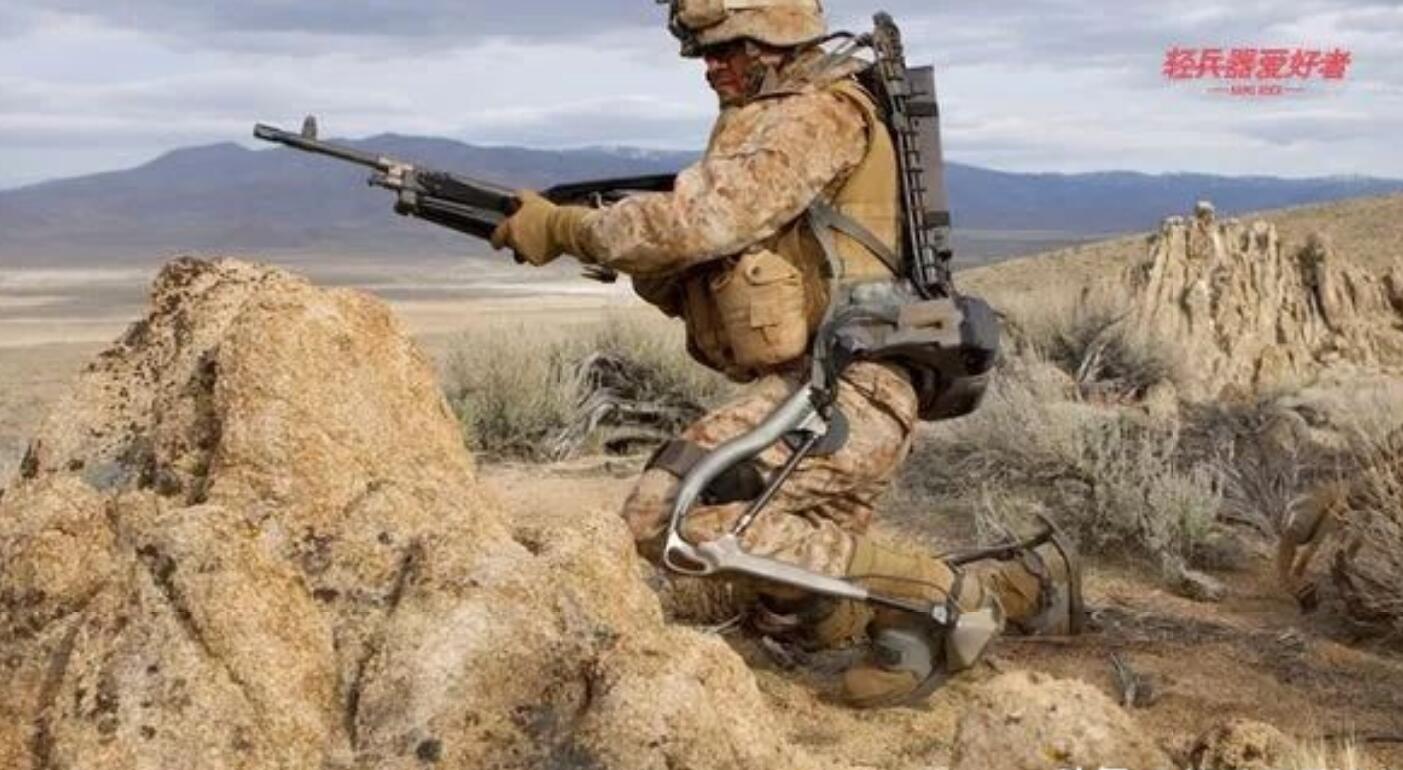
Lockheed Martin's HULC
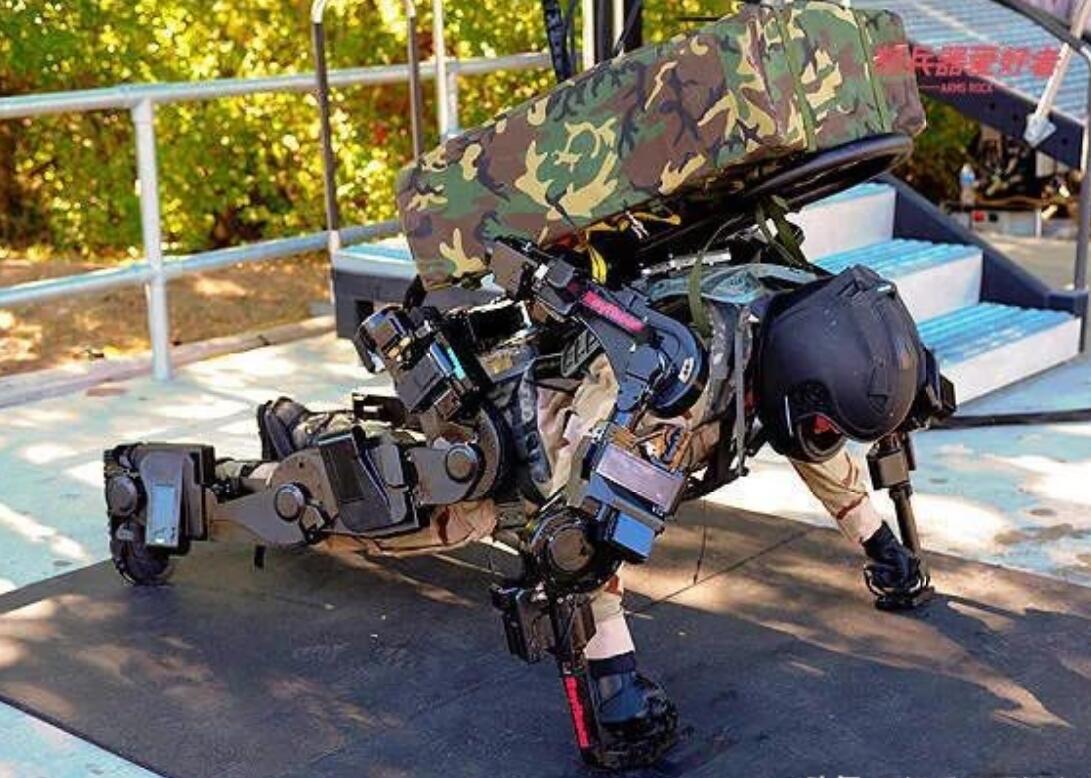
Thor's XSO2
2. Lower limb power exoskeleton
The basic function of the lower limb power exoskeleton is to assist the leg to carry the load. If the component extends to the ground, it can also transmit the load. Since military exoskeleton must be flexible and highly compatible, the carrying capacity is always limited without affecting the speed of movement. Such devices are generally made of metal frames, or made entirely of soft materials, and their main function is to assist the leg movement and reduce the metabolism of exercise. In other words, soldiers who carry exoskeleton and equipment should consume less energy than soldiers who only carry equipment.
There are many developers of this type of exoskeleton. Typical products include DARPA's net warrior and B-Temia's kinetic combat suit.
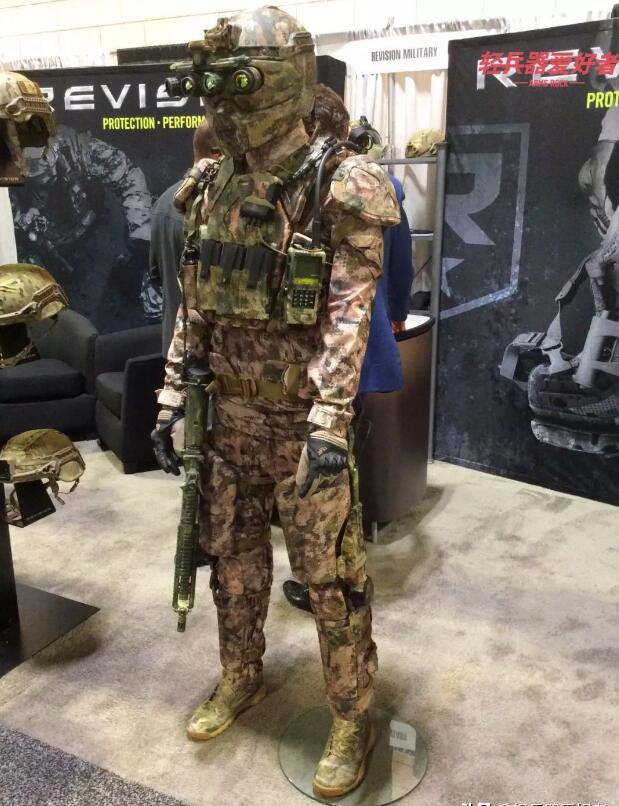
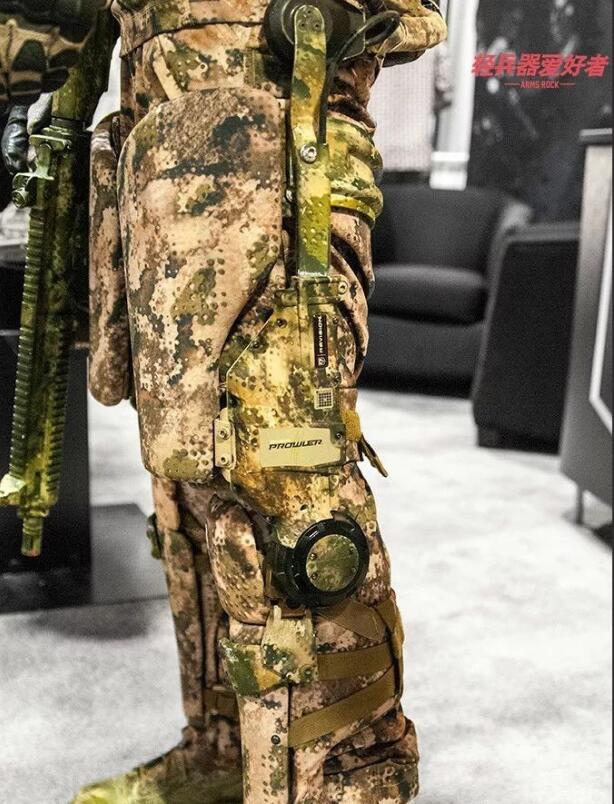
B-Temia's kinetic combat outfit
3. Military passive exoskeleton
Passive exoskeleton does not have any actuators, batteries or electronics. It is only driven by the wearer and looks like a dead weight, but generally has a variety of special functions.
For example, the "Marine Amulet" of 20KTS+ is a light and small buffer system that can absorb the impact of soldiers on small fast patrol boats. The Australian Department of Defense Science and Technology has developed an exoskeleton that uses steel cables to transfer part of the weight of a soldier’s heavy backpack directly to the ground.
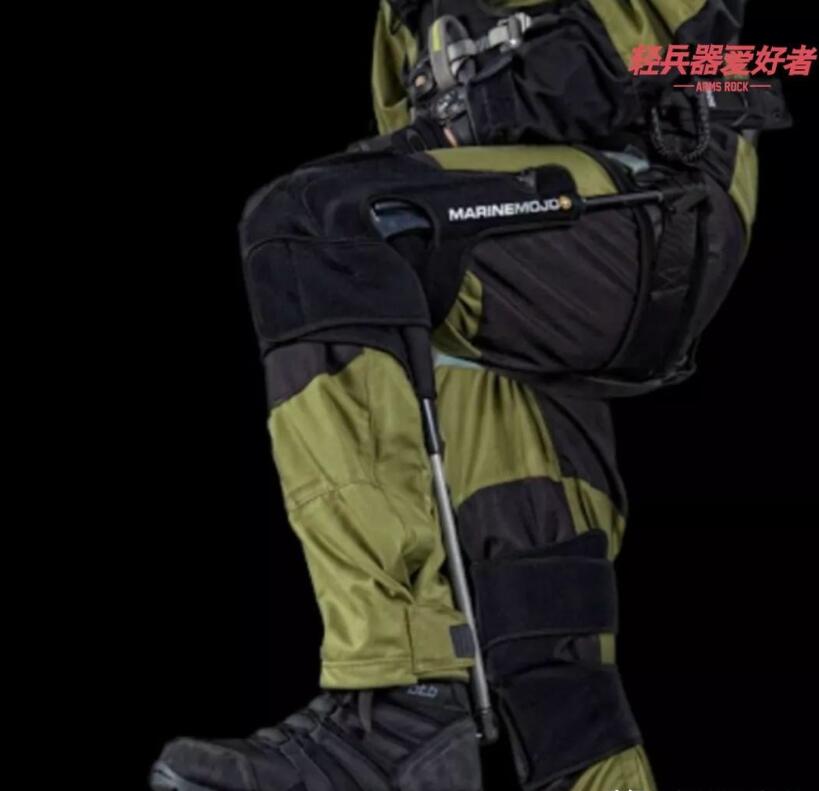
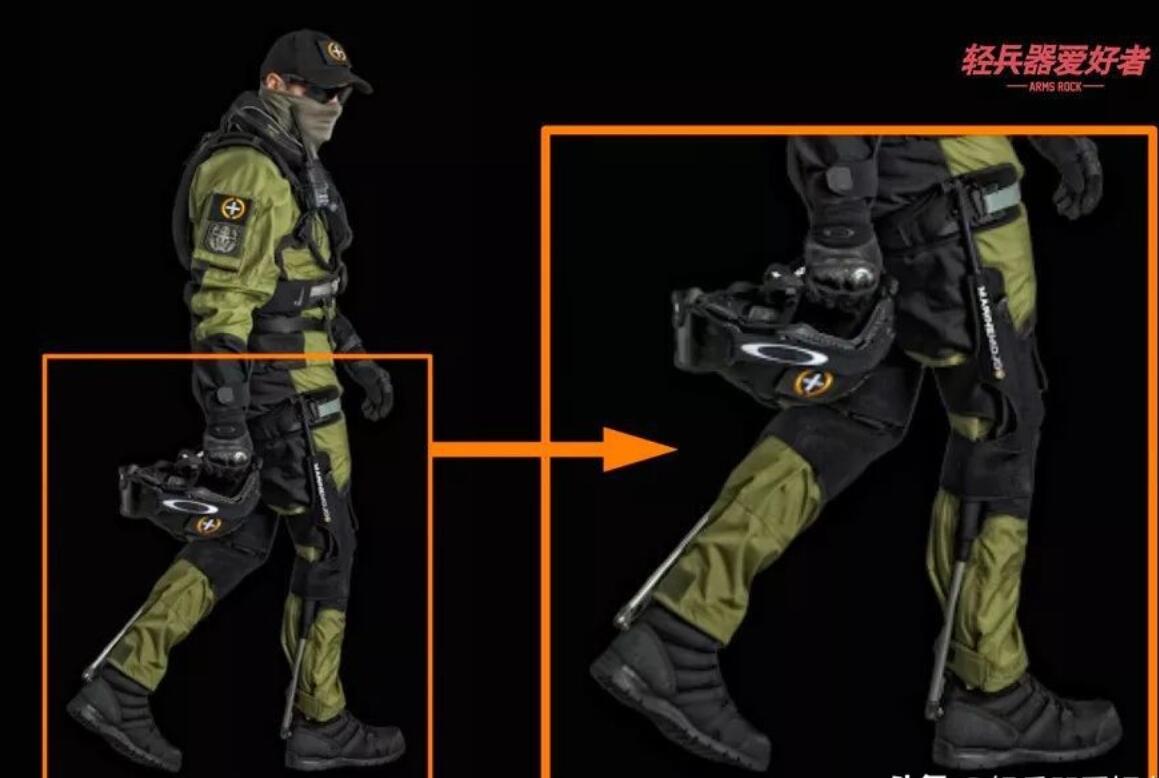
20KTS+ "Marine Amulet"
In this regard, the Russian army has gone the farthest. In 2017, the Russian engineers stationed in Palmyra, Syria, used a passive exoskeleton called "K2" to help them deal with unexploded ordnance, landmines and homemade explosives. Although the dead weight of passive exoskeleton is detrimental to the mobility of soldiers, it happens that engineers are the kind of arms that do not particularly need mobility, but are often too heavily equipped. As a result, Russia did not use particularly high technology, and became the first country to install and use exoskeletons in actual combat.
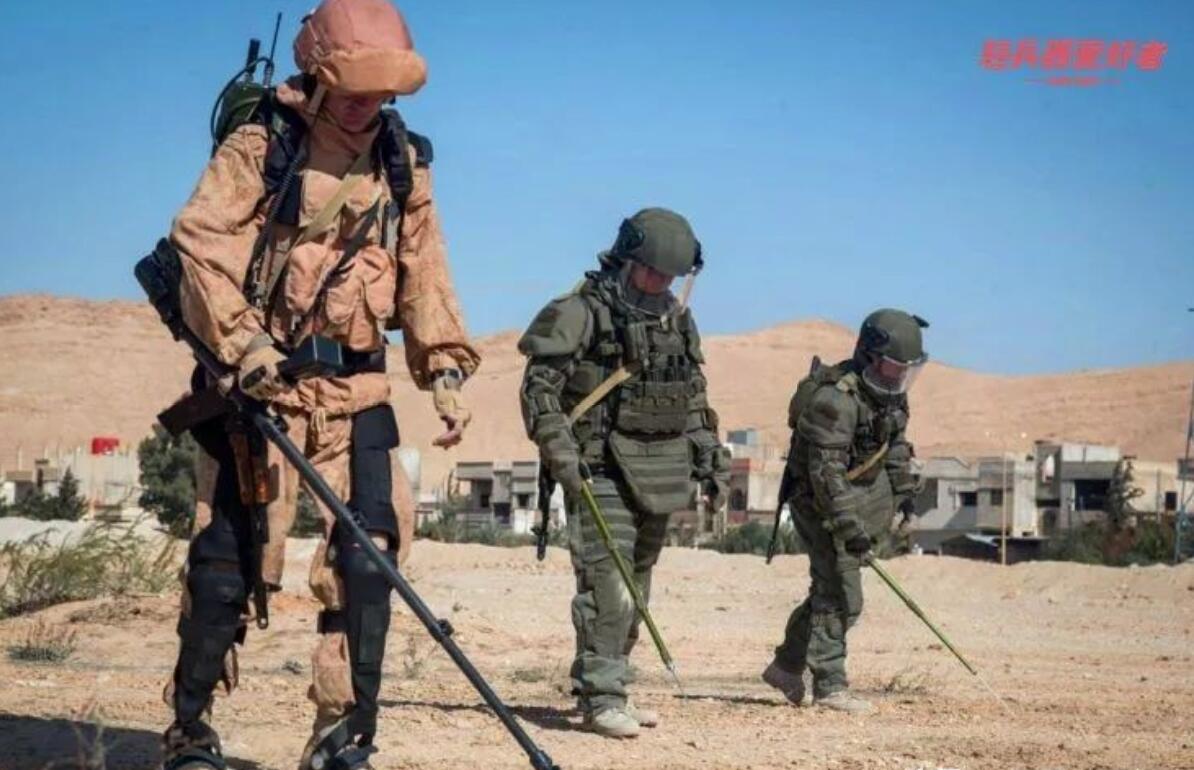
Russian military engineers using K2 exoskeleton in Syria
4. Energy conversion exoskeleton
Energy conversion exoskeleton collects energy through the actions of soldiers and converts it into electrical energy to charge batteries or directly power equipment. Part of the exoskeleton of the lower limbs can also be converted into energy conversion exoskeletons, but this will increase its weight.
Usually the energy conversion device is installed on the knee structure.
When the heel hits the ground during stepping, a corresponding element is compressed, which converts a small amount of energy. In theory, if a soldier wants to deploy for 72 hours, he will provide electricity for all equipment during the entire period. If you use the battery, it is about 17 pounds, and there are equipment to carry these batteries. If the energy-supplying exoskeleton is made light enough and small enough, it can gain advantages over batteries. However, the embarrassing thing is that the energy conversion exoskeleton that is developed now, often brings the charging benefits, and can not make up for the cost of wearing them.
A typical example of this type of exoskeleton device is the "walking power" developed by the bionic power under the investment of the US Army.
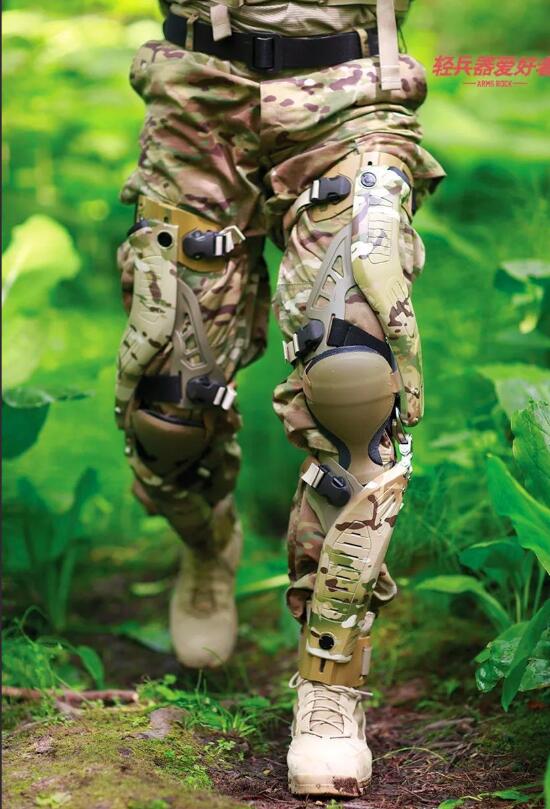
The "walking power" of bionic power
5. Military fixed exoskeleton
Although it sounds counterintuitive, there is indeed a military fixed exoskeleton under development. This is MAXFAS: the firearm is aimed at the exoskeleton of the portable arm stably.
Based on previous research on vibration elimination exoskeleton, Dan Becker conjectured whether similar techniques can be used to further reduce the natural movement and vibration of the hand. His preliminary research results are very good, and the test subjects can improve the accuracy of pistol shooting after training on his fixed exoskeleton.
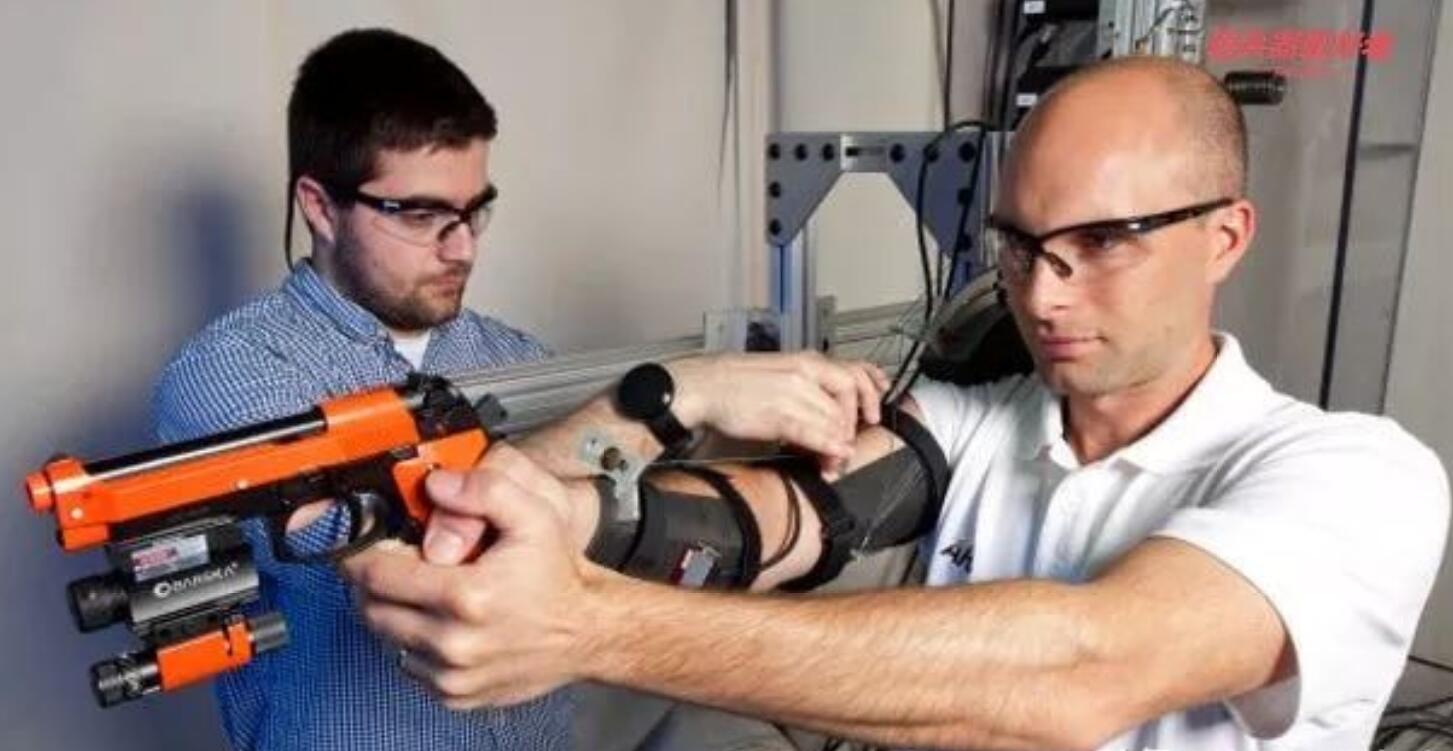
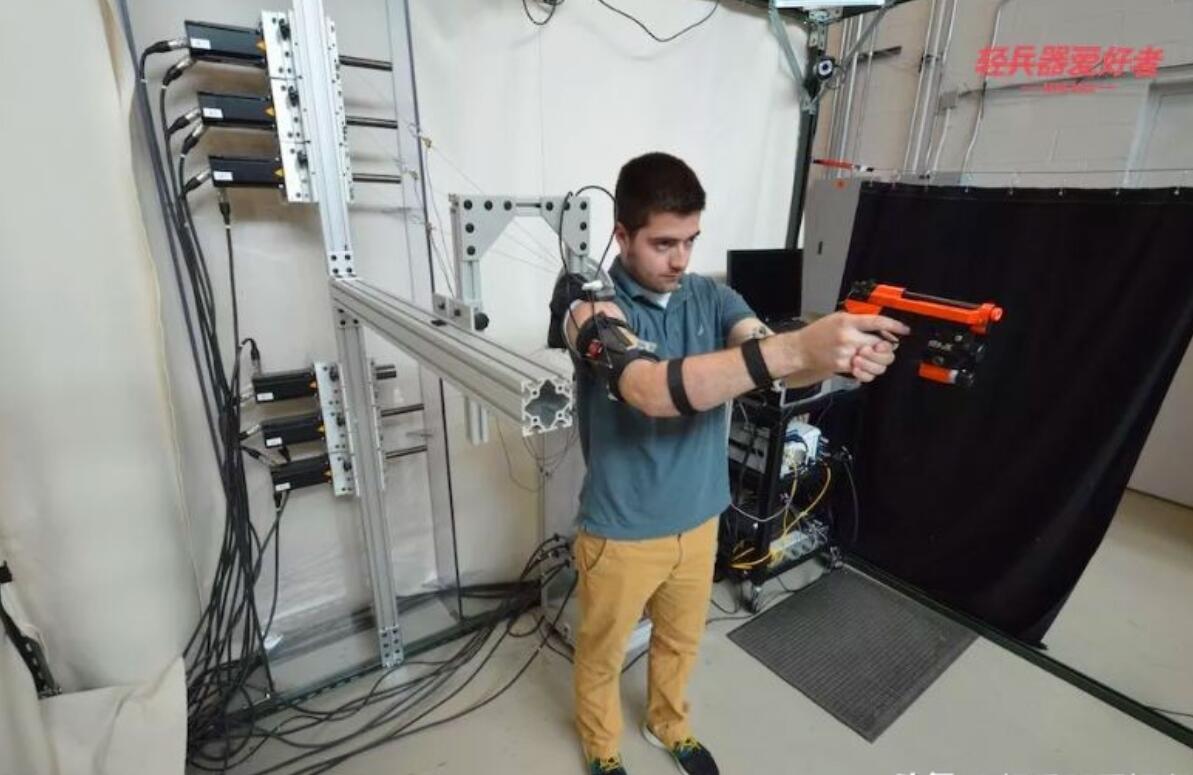
 Online service
Online service 4000988557
4000988557 sales1@troysupply.com
sales1@troysupply.com sales2@troysupply.com
sales2@troysupply.com Richard Liu
Richard Liu TROY
TROY 8936906
8936906 Troysupply_com
Troysupply_com